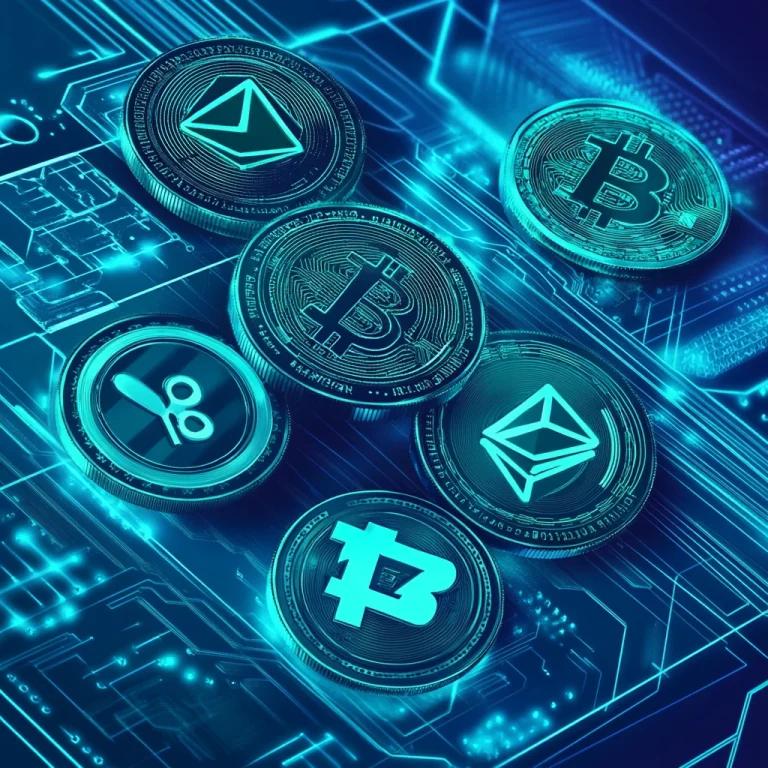What Is Two-Factor Authentication (2FA) And Why Is It Crucial For Cryptocurrency?
Do you want to know about what 2FA is and how it protects your digital assets? It sends an OTP to your mobile and then...

Two-factor authentication is an age-old security system that’s used to protect your account security. It adds an extra layer of safety beyond your trustworthy password by sending you an OTP on your email or mobile phone.
So, you need to put in the code before getting access to your account. But that’s just the basics. Let’s get deeper into 2FA and learn more about how it works and why you should use it.
How Does 2FA Work In Crypto Protection?
Two-factor authentication works in a simple 3-step procedure. It starts with –
Step – 1: Usually, 2FA is included in a cryptocurrency trading platform or wallet as a secondary security option. However, you should still activate it right after you’ve opened your account and created a password of your choice. You can do this by going to the “security settings” of your application and choosing the “two-step verification” method.
Step – 2: There are three different ways in which you can set up your 2FA method –
- Through an authenticator app (Authy or Google Authenticator) – It’s the most secure option, as it provides a time-sensitive code, which gets generated every few seconds.
- SMS Verification: With this, you’ll get a code on your registered mobile number. While this is quite safe, SMS verification methods might be vulnerable to SIM-swapping attacks.
- Biometric Authentication: In this case, you’ll have to use facial recognition or your fingerprint to get access to your account. However, only a few platforms have this feature.
Step – 3: The best thing about having a 2FA is, that even if someone brute forces into your crypto account – they can’t access it if they don’t have the code. Besides, you can also use this technology for verifying your withdrawals or making new transactions.
Why Is 2FA So Important?
Just like the security of blockchain, hackers are getting smarter as well. So, while passwords offer decent security in general, they’re nothing in front of a brute force attack. And that’s what makes two-factor authentication for cryptocurrency more important than ever.

Source: BBC
This is the infamous case of Twitter Bitcoin Scam of 2020 – where a lot of high-profile accounts were hacked to promote a faulty crypto giveaway. If they had taken proper 2FA measures, this may not have happened.
Some crypto exchanges, like Coinbase & Binance, have also urged their users to use 2FA for access-related purposes to prevent getting hacked.
Besides hacking, two-factor authentication also helps against phishing attacks. For example, if you have been lured to a phishing email and given your credentials – the hackers will still have to get the OTP sent by your chosen authenticator.
Making Your 2FA Barrier Even Safer
2FA is great for keeping hackers at bay. But what if your phone gets stolen or the technology doesn’t work as intended? While these are very rare scenarios, you should still have something to protect your account against prying eyes. For that, combining 2FA with other technologies can be a good choice.
Using a proper password to protect your account is certainly the right choice. But you simply can’t use your phone number or date of birth for it. Instead, use a mixture of numbers, special characters, capitalized and small letters, and symbols.
You can use an online tool to create this and store the numbers in a password manager if it’s too difficult to remember. However, it might be even better to write it down somewhere for safekeeping.
Next, if you’ve already bought assets, it’s best to keep them in a cold wallet instead of hot storage. Yes, the latter can help you trade in a more efficient manner. However, as they are always connected to the internet, it’s easier for hackers to use brute force to break their security system. However, as cold storages are never connected to the internet, this doesn’t risk your account.
And finally, it’s essential to be wary of phishing emails and not to open whatever link that comes your way. Even if you get an email saying that your account is in danger, always double-check the URL.
Talking to the customer care department of the platform before using the link can be a good idea too. The more vigilant you are, the lower the risk of getting scammed.
What Does The Future Hold?
While two-factor authentication has always been secure, sometimes it may come back to bite you as well. For example, if your phone gets stolen or someone performs a SIM-swapping attack, it’ll be impossible to get your account back from them.
As cyber threats are becoming more and more sophisticated, security measures against them are changing as well. For example, multi-factor authentication – where users must rely on more than two security layers, such as hardware security keys, biometrics, and AI-driven behavioural authentication, will become more popular in the future.
Multi-signature wallets, on the other hand, will require multiple approvals before they validate and process a transaction. This, in turn, will make it impossible for anyone to bypass and gain unauthorized access to your account.
Yes, passcodes and SMS-based OTPs are still a thing today, but there’s a higher chance that these will become obsolete tomorrow. So, it’s best to start preparing yourself from today and follow the security trends regularly. This may make your adoption of new technologies much easier.
Follow us on Google News
Get the latest crypto insights and updates.


